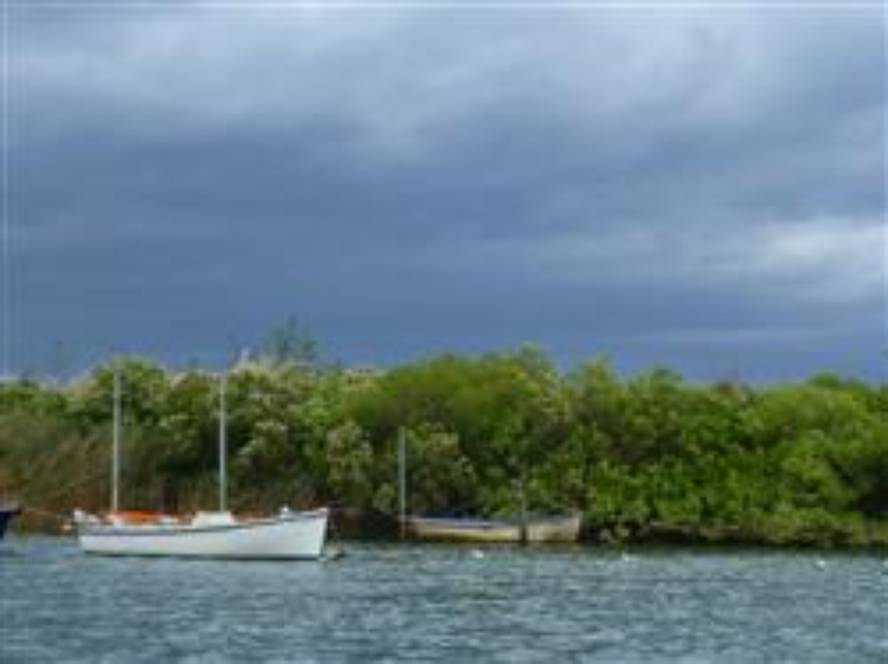Planting of native plants in the islands of Bidasoa, in a plan against Baccharis halimifolia

The Department of Environment and Territorial Policy of the Basque Government has launched a plan to plant 14,000 native trees and shrubs in the Galera and Santiagoaurre islands of the Bidasoa River, with the aim of restoring their vegetation. In fact, the invasive alien species Baccharis halimifolia (txilka or karkex) was widespread. This shrub, of American origin, reaches the Bidasoa river basin from France.
According to the Director of Biodiversity of the Basque Government, Amaia Barredo, "the goal of the plantation is twofold: on the one hand, it is sought that the species mentioned compete with the invasive species Baccharis halimifolia to avoid recolonization and on the other, to avoid the erosion of the worlds and lezones to maintain the particular dynamics of these islands. In fact, they are the residence of many plant species of great interest and an important space for waterbirds to rest and feed."
The activity of restoration of the insular natural space comes from the extraction of the invasive exotic plant Baccharis Halimifolia in the islands of Santiago and Galera. The extraction works were carried out in 2012 and are valued as very positive, since “90% of the shrubs that completely covered the surface of the islands have been extracted”, explains Barredo. The invasion was such that, after extractive work, the protection areas of the islands have been totally devoid of vegetation, except for some laurels and shrubs that have not been eliminated.
Although they are in the process of planting in the islands of Santiago and Galera, in 2013 will continue with the withdrawal of the invasive plant in the rest of the estuary of the river Bidasoa. And, in addition to the Bidasoa River basin, experts have identified that Urdaibai is a kind of Baccharis halimifolia. From there they also want to eliminate it and, as Barredo explained, “in Urdaibai we are working on the extraction of Bidasoa”.





